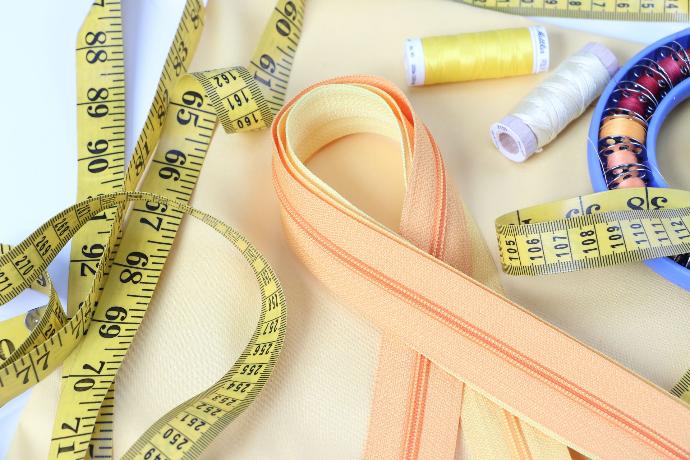Every year, thousands of families around the world are forever changed by the words, “Your child has cancer.” Though relatively rare compared to adult cancers, childhood cancer is the leading cause of death by disease among children and adolescents.
Despite this, it often receives significantly less funding and public attention than other forms of cancer. Childhood Cancer Awareness aims to change that by shining a light on the realities children and families face and by promoting research, support, and hope.
What is Childhood Cancer?
Childhood cancer is not a single disease, but rather a category encompassing dozens of types and subtypes, including leukemia, brain tumors, neuroblastoma, and sarcomas.

These cancers behave differently than adult cancers and often require unique treatments tailored to young, developing bodies.
Unfortunately, many current treatments are decades old and can cause long-term side effects, such as developmental delays, organ damage, or fertility issues, which can affect survivors for the rest of their lives.
“The likelihood of surviving a diagnosis of childhood cancer depends on the country in which the child lives; in high-income countries, more than 80% of children with cancer are cured, but in many low- and middle-income countries less than 30% are cured.” -World Health Organization
Childhood Cancer Awareness:

Need
Funding, research and long-term support due to health effects of aggressive treatments while young
Month
September
Color
Gold
Childhood cancer is not a single disease, but rather a category encompassing dozens of types and subtypes
How Can You Help?
September is officially recognized as Childhood Cancer Awareness Month, a time when advocates, organizations, and families come together to raise awareness, honor the children who have fought or are fighting cancer, and push for better funding and research.
Awareness is only the first step. Greater understanding leads to greater action. Here are a few critical issues that awareness campaigns aim to highlight:
- Funding Disparity: Only a small percentage of cancer research funding is allocated specifically to pediatric cancers.
- Lack of New Treatments: Many treatment protocols for children are based on therapies developed for adults decades ago.
- Survivorship Challenges: Even children who survive cancer often face serious long-term health problems due to aggressive treatments.
Behind each statistic is a story—a child with dreams, a family that fights tirelessly, and a community that rallies in support.
While progress has been made in some areas, like the survival rate for certain types of leukemia, much work remains to ensure that all children have access to safe, effective, and modern treatments.
Supporting families is another vital aspect of raising awareness.
From emotional counseling to financial assistance, many families rely on charitable organizations and community support throughout their journey.

By donating, volunteering, or simply spreading the word, each of us can play a role in helping these families feel less alone.
Want to make a project to support childhood cancer awareness? Use the chart below to find golden solids from your favorite fabric companies.
Final Thoughts
Increased awareness brings increased hope. Hope for better treatments. Hope for healthier survivorship. And ultimately, hope for a cure. By standing together and raising our voices, we can help ensure that childhood cancer is no longer a silent struggle, but a loud and visible call to action.
Donate to Children's Cancer Research
National Pediatric Cancer Foundation
St. Jude's Children's Research Hospital
Sources: World Health Organization, National Cancer Institute, American Cancer Society
#SewPINK: Childhood Cancer Awareness